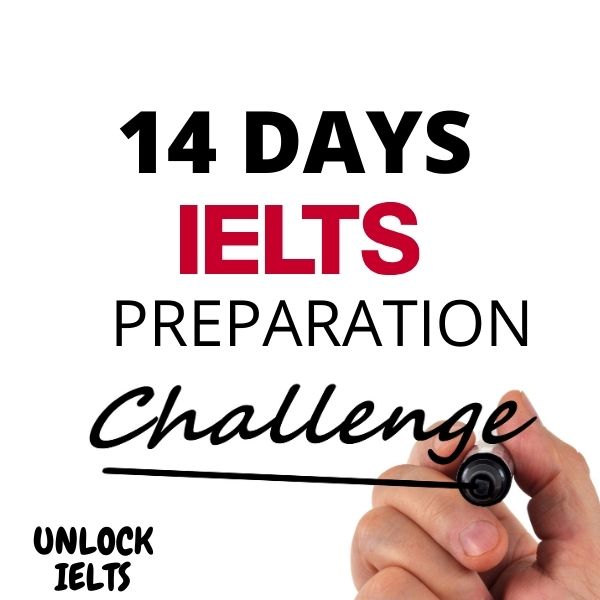The reading section accounts for one of the most challenging section in IELTS. It demands you to be on your toes with grammar, punctuation, reading, and writing skills.
True/ False questions are something that makes students fear-stricken.
“Why can’t I find anything related to the question in the text?”
“Have I missed out on reading that point?”
“How will I know whether my answer is right or wrong?”
These are some of the common questions that students struggle to find answers while attempting the True/False questions in the reading section.
If you relate to any of these questions, then this article is for you.
Through this article, we will explore the difference between the true/false/ Not given questions, how you can simplify the question, and what strategies you can apply to answer the question right.
IELTS has well-structured criteria for the reading section assessment. Therefore, keeping the tab over the regular practice sessions along with a proper understanding of the concepts is imperative for scoring well.
Before discussing the tips and the strategies, let’s first know the difference!
Difference Between True/False/ Not given Questions
True /False/Not Given questions are the questions which require the candidate to identify the information in the text as true/ false or not given. You will be provided with a set of information based on which you need to answer the question in true/ false or not given. It is probably the most difficult task to solve with the limited time given to answer it.
Here is how you can differentiate whether the question asked is true/false or not given.
- If the fact matches the reading, then the answer is true
- If the fact doesn’t align/ match with the reading, then the answer is false
- If the fact asked is not mentioned in the passage, then the answer is not given
Given so, there exists no doubt, why these types of questions are regarded as one of the most difficult and time-taking questions in the IELTS reading section.
What is the Purpose of True/False/ Not Given questions?
Being the trickiest and the time-taking one, these type of questions tests the speed of the student in reading and analysis. Apart from that, it assesses the logical ability of the student required for answering the question correctly.
The biggest challenge the students face is distinguishing between “False” and “Not Given”.
Common Problems faced while answering True/False/ Not Given questions?
- The most common mistake that the students make is marking a similar statement as true. True means the meaning is the same and false means it is just similar to what should be the answer but it is not the answer.
- The second scenario where the students go wrong is where the statement does not appear anywhere near to what the question ask but is true. It can be due to paraphrasing of the statement or the information lacks proper explanation.
- If the words match, that doesn’t confirm that the question asked, is true/false, it can be not given too.
- The students here make mistakes between False and Not Given because of the numerous assumptions they share regarding the question.
How to answer True/False/ Not Given Questions Quickly?
By now, you must have grasped what True/ False/ Not given questions are, the common problems or complications, and the tricks to identify each question.
This what makes us precede with the topic of the article that is –
How to answer True/False/ Not Given questions?
Here are some of the unbeatable tips that you can implement to master answering True/False/ Not Given Questions:
Master these 4 Skills
As discussed in the previous article – “How to Answer Matching Headings in IELTS Reading”, the same skills you need to practice here also. The skills you need to master are-
- Passage skimming
- Highlight keywords
- Passage scanning
- Comprehension of the keywords.
Follow the pattern
Make sure to watch for the pattern the question paper follows. In these types of questions, you can easily identify the pattern. The information given in the text follows the same pattern as given in the question.
Skim the passage
For finding the correct answer to your question, you don’t need to go through the complete passage, just look for the keywords, synonyms, and use the paraphrasing technique to answer the question.
Identify the distracting words in the passage
The distracting words as the name suggests are important to notice in the passage as they alter the meaning of the passage completely. Look for words like however, some, many, etc.
Identify the Correct Use of Not given
We have already discussed the difference and the confusion between false and not given earlier in the passage. Not given is used in the case of absence of the supporting statement in the given text.
Step-By-Step Strategy to Answer the Question
- Read the statements in the question carefully
- Highlight the main keywords
- Highlight the distracting words
- Always begin with the first statement
- Repeat the process for each statement
So, this is how you can strategize and plan to answer True/False/Not Given questions and confirm a commendable score on the board.
If you are looking forward to more such interesting videos then you can subscribe to Unlock IELTS with Richa to remain updated with the IELTS speaking test pattern and to have a detailed understanding of each in every concept of the Speaking section of the IELTS.













Write a public review